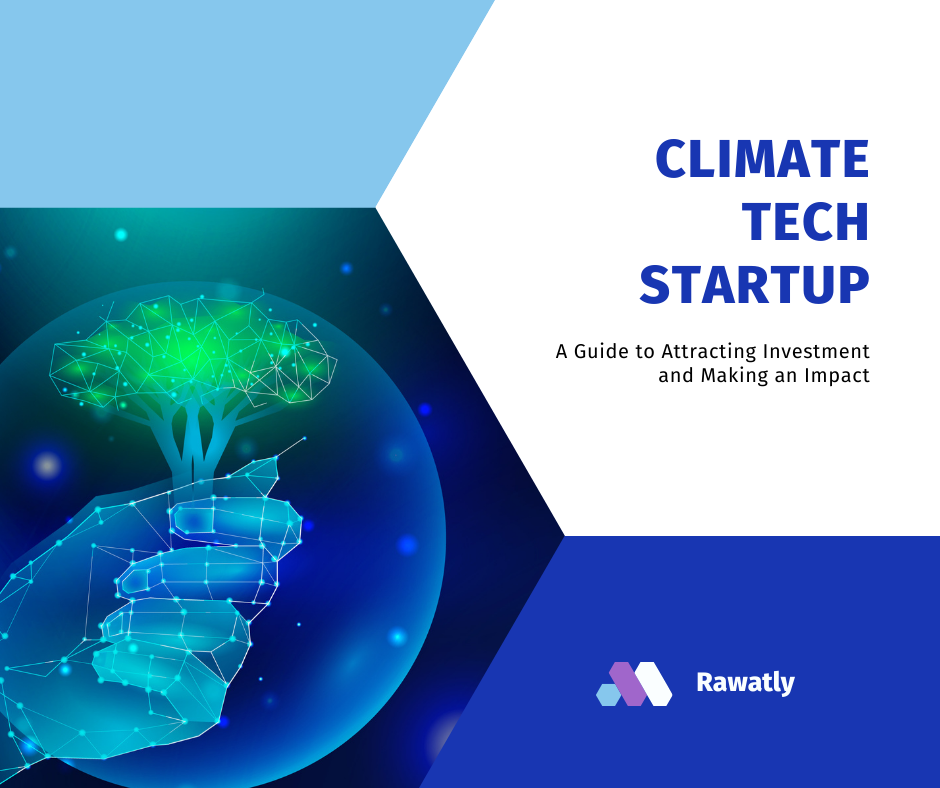
In the first half of 2025, the global startup ecosystem finds itself at a critical inflection point. Economic uncertainty, tighter venture capital markets, and shifting consumer behaviors have created turbulent conditions, forcing startups to make tough decisions to survive — and in some cases, thrive. From sweeping layoffs to strategic pivots and unexpected comebacks, this year is proving to be a crucible for innovation and resilience.
The Layoff Landscape
According to data from Layoffs.fyi, over 96,000 tech startup employees were laid off globally in Q1 2025 alone. This continues a trend from late 2024, where cost-cutting became a survival strategy. Startups, particularly in the late-growth stage, have been shedding headcount to extend their runway amid a significant drop in Series B and C funding rounds.
Key sectors hit hardest:
- Fintech: With increased regulatory scrutiny and declining valuations, major players like Klarna and Plaid have announced workforce reductions.
- E-commerce: Post-pandemic slowdowns and rising logistics costs led to cutbacks in firms like Thrasio and Glossier.
- Web3 & Crypto: Volatility in the crypto markets and a shift in investor interest toward AI has led to retrenchment in the space.
Yet, these layoffs aren’t always signs of failure. Many companies are repositioning themselves for the next wave of growth.
The Pivot Playbook
2025 has seen a surge in startups pivoting their core models, often toward AI or enterprise-focused solutions. A Crunchbase report indicates that nearly 30% of U.S.-based startups that raised seed or Series A in 2022 have since changed their product direction or go-to-market strategy.
Examples:
- Hopin, once a virtual events unicorn, is now focused on AI-powered event analytics.
- Sana, a healthcare startup, has shifted from direct patient care to developing AI diagnostic tools.
- Zora, a Web3 marketplace, is now pivoting to become an AI-powered NFT curation engine.
Pivots are not new to startups, but the speed and frequency in 2025 reflect the urgency brought on by macroeconomic pressure and evolving tech trends.
The Comeback Cases
Interestingly, some startups that were written off in 2023 or 2024 are staging impressive comebacks. Leaner operations, renewed product-market fit, and strategic partnerships are helping these companies rebound.
Case studies:
- Clubhouse, after multiple rounds of downsizing, launched a new AI-driven voice assistant for communities, gaining traction among Gen Z users.
- Better.com, infamous for mass layoffs in 2021, reported its first profitable quarter in Q1 2025 after shifting to a white-label mortgage tech platform.
- Quibi 2.0? Short-form video startup Snip raised $45M this year by learning from Quibi’s mistakes and focusing on hyper-local content and creator monetization.
What’s Fueling the Shift?
Several factors are driving these seismic shifts:
- VC Conservatism: Investors are now prioritizing profitability and cash efficiency over blitzscaling. According to PitchBook, average deal sizes in Series B fell by 22% YoY.
- AI Gold Rush: Startups that can convincingly integrate AI into their models are attracting new funding and talent.
- Consumer Fatigue: Users are demanding higher value, utility, and trust — especially after being burned by overpromising platforms during the pandemic and crypto booms.
India’s Startup Boom Shows Cracks: Over 28,000 Startups Shut Down in Two Years
What’s Next?
While some believe the worst is over, others see 2025 as just the midpoint of a major reset. What’s clear is that adaptability, strategic clarity, and a lean mindset are no longer optional — they are essential for survival.
For founders, it’s a time to build smarter. For investors, it’s a time to back the bold. And for the startup ecosystem as a whole, 2025 is shaping up to be a transformative year — not despite the challenges, but because of them.





























